Endpoint Detection and Response (EDR)
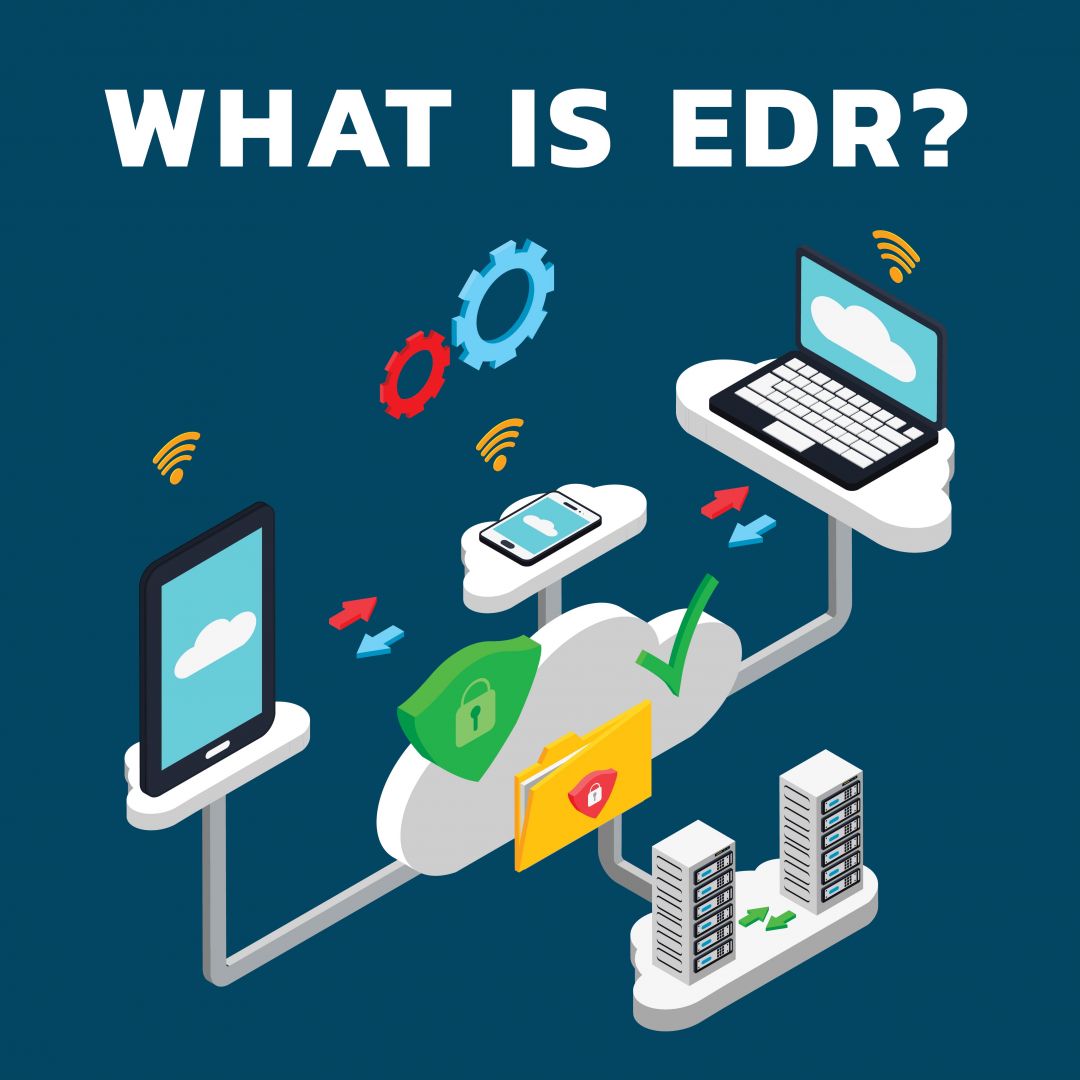
What is EDR?
EDR stands for Endpoint Detection and Response. It is a security solution that monitors and analyzes endpoints, such as computers, laptops, and mobile devices, for signs of malicious activity.
EDR solutions collect a wide range of data from endpoints, including system logs, file activity, network traffic, and user behavior. This data is then analyzed by EDR algorithms to identify potential threats. EDR solutions use a variety of techniques to analyze this data, including signature-based detection, behavior-based detection, and machine learning.
If a threat is detected, EDR solutions can take a variety of actions to mitigate the threat, such as blocking the threat, quarantining the affected endpoint, or notifying the user. EDR solutions can also provide detailed information about threats, which can help organizations to better understand and respond to them.
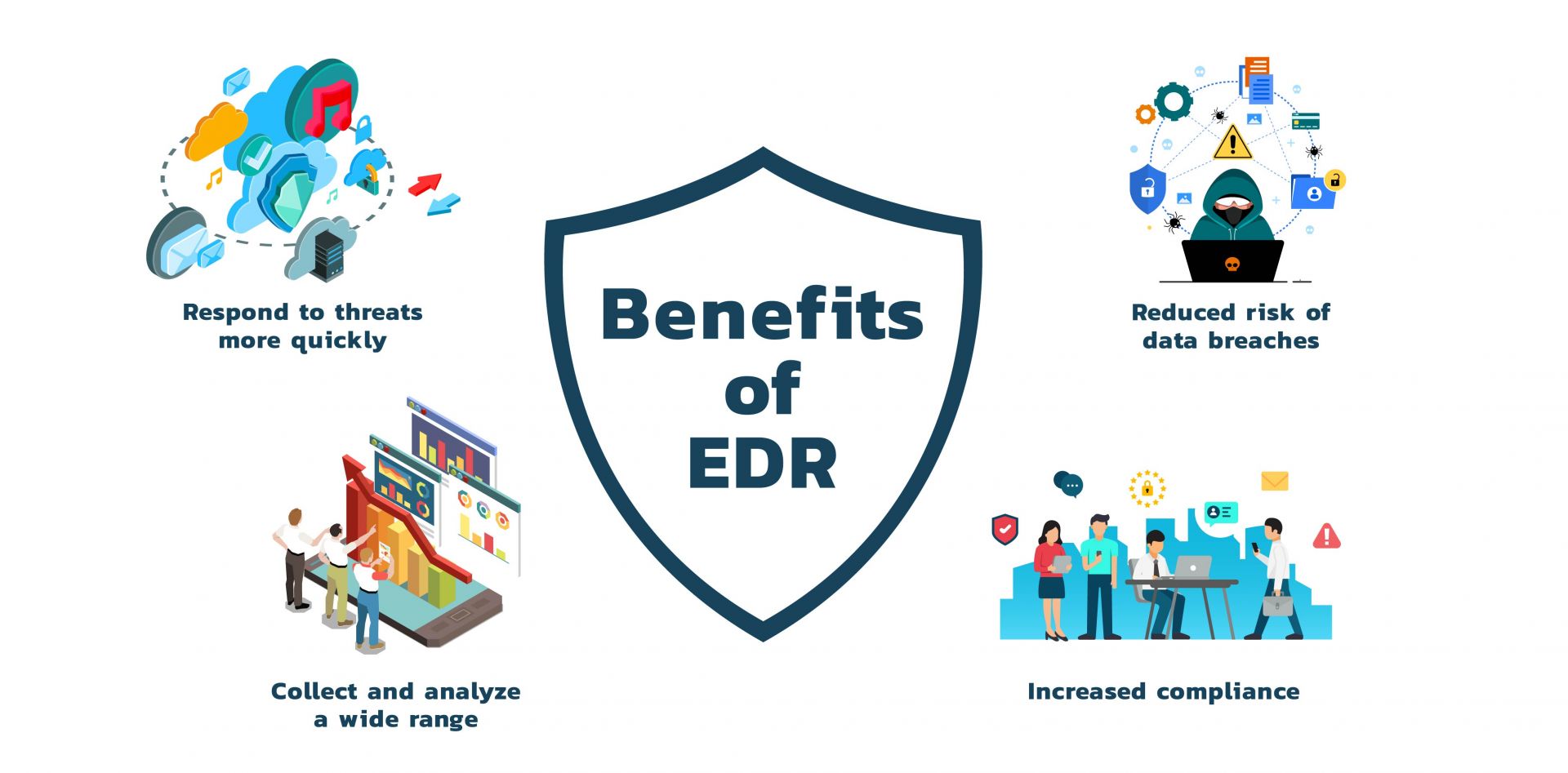
Benefits of EDR
EDR solutions offer a number of advantages over traditional antivirus solutions. First, EDR solutions collect a much wider range of data, which allows them to detect a wider range of threats. Second, EDR solutions can analyze data in real time, which allows them to respond to threats more quickly. Third, EDR solutions can provide more detailed information about threats, which can help organizations to better understand and respond to them.
EDR solutions are an important part of a comprehensive cybersecurity strategy. By collecting and analyzing data from endpoints, EDR solutions can help organizations to detect and respond to threats more quickly and effectively.
Here are some of the benefits of using EDR:
· Improved visibility into endpoint activity: EDR solutions provide organizations with a comprehensive view of endpoint activity, which can help them to identify and respond to threats more quickly.
· Protection against evolving threats: Cyber threats are constantly evolving, and traditional antivirus solutions are often not able to keep up. EDR solutions, on the other hand, can collect and analyze a wide range of data to detect even the most sophisticated threats.
· Reduced risk of data breaches. Data breaches can be costly and damaging. EDR solutions can help to reduce the risk of them happening. By detecting and responding to threats quickly, EDR solutions can help to prevent attackers from gaining access to sensitive data.
Increased compliance: Many security regulations require organizations to have certain security measures in place. By implementing EDR solutions, organizations can demonstrate that they are taking steps to protect their systems and data.
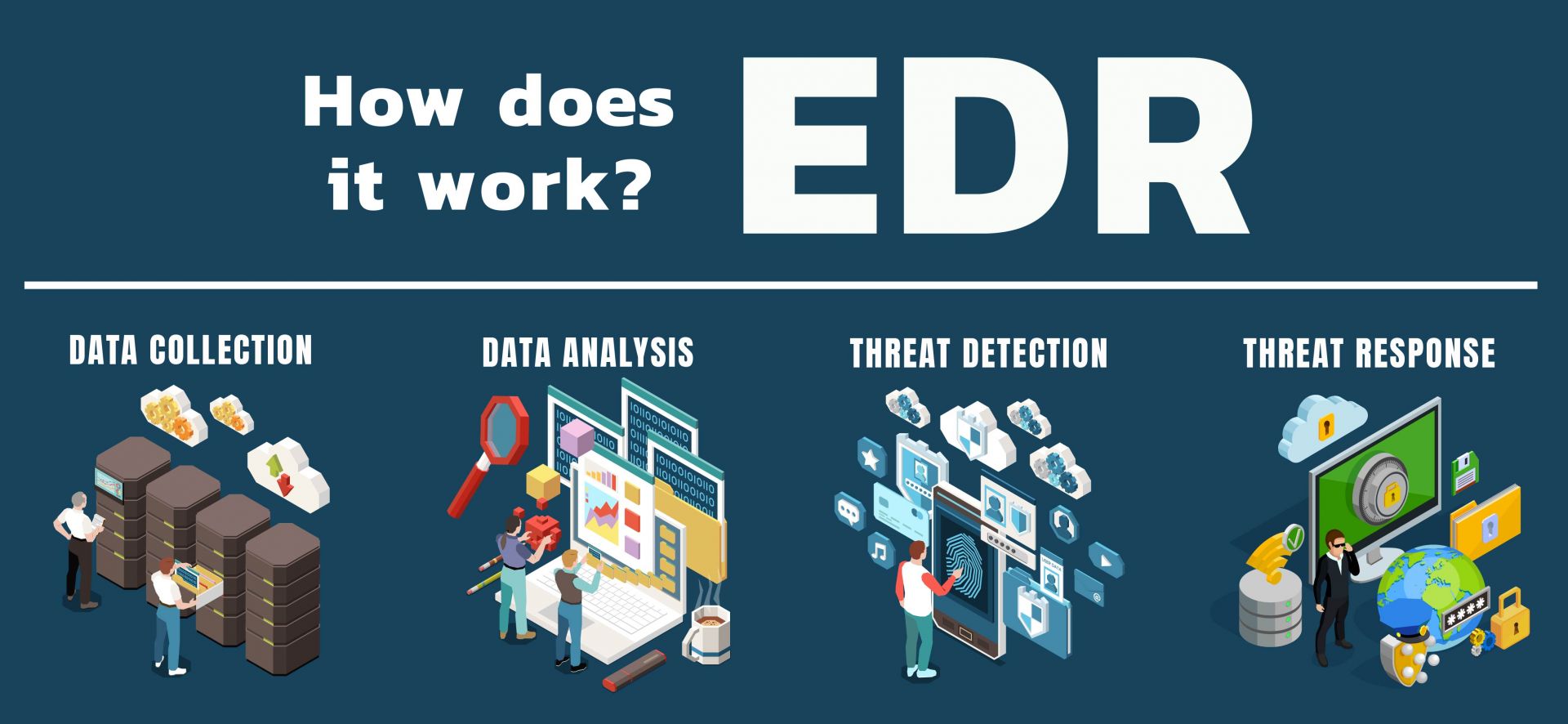
How does it work?
Here are the steps on how EDR works:
1. Data collection: EDR solutions collect data from endpoints, such as system logs, file activity, network traffic, and user behavior.
2. Data analysis: EDR solutions use a variety of techniques to analyze the collected data, including signature-based detection, behavior-based detection, and machine learning.
3. Threat detection: If a threat is detected, EDR solutions usually analyze and maps the threat Tactics, Techniques, and Procedures (TTPs) to MITRE ATT&CK common knowledge or Matrix to helps organizations understand how to discover, investigate and respond to cyberthreats more quickly or initiate threat hunting.
4. Threat response: EDR solutions can also provide detailed information about threats, which can help organizations to better understand and respond to them. EDR can take a variety of actions to mitigate the threat, such as blocking the threat, quarantining the affected endpoint, or notifying the user.
EDR solutions are an important part of a comprehensive cybersecurity strategy. By collecting and analyzing data from endpoints, EDR solutions can help organizations to detect and respond to threats more quickly and effectively.
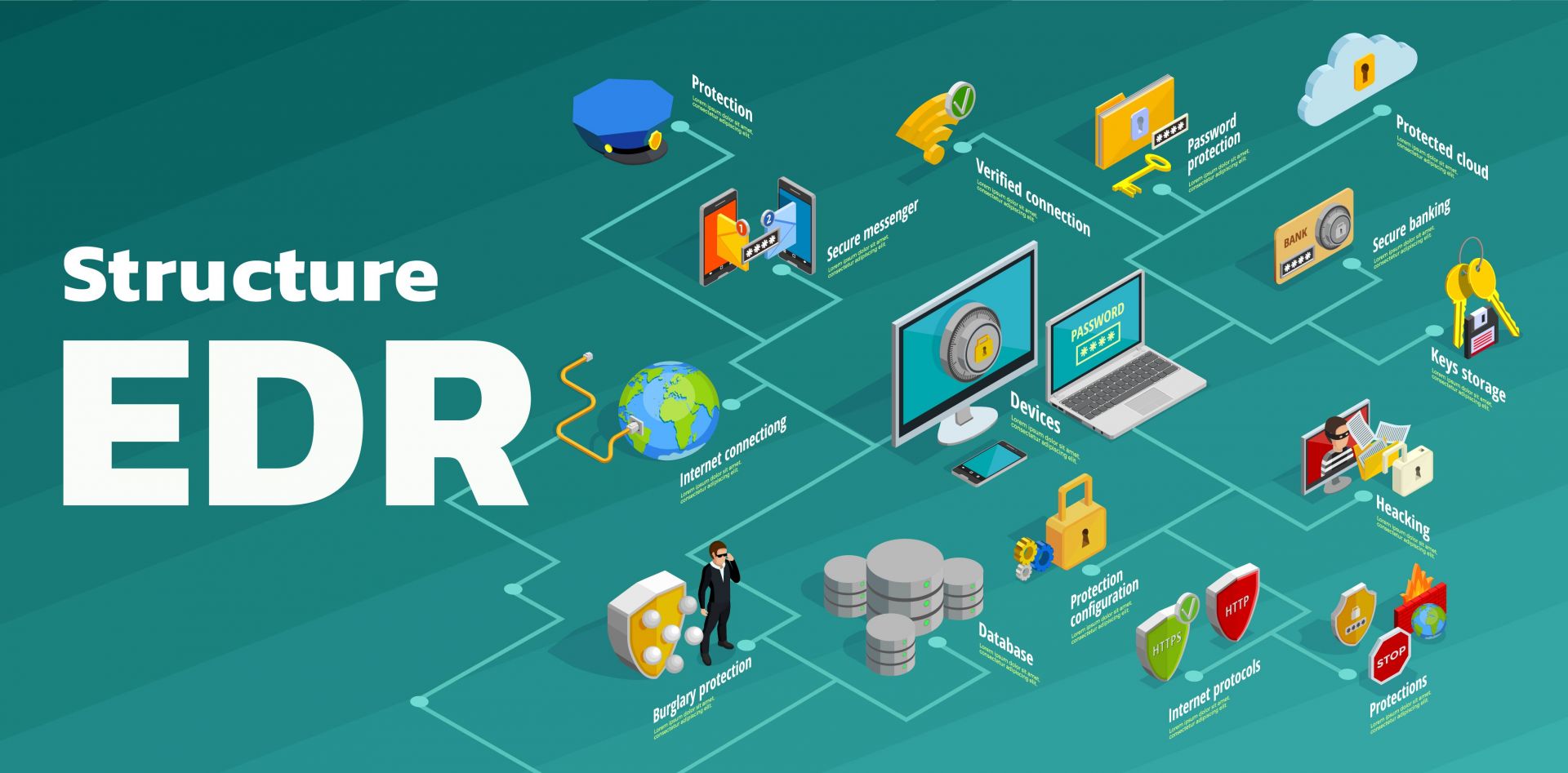
EDR Topology:
· EDR agent: The EDR agent is installed on each endpoint. The agent collects data from the endpoint, such as system logs, file activity, network traffic, and user behavior.
· EDR server: The EDR server collects data from the EDR agents. The server analyzes the data to detect threats.
· EDR management console: The EDR management console is used by administrators to manage the EDR solution. The console allows administrators to view the data collected by the EDR server, to create policies, and to respond to threats.
This is just one example of an EDR topology. There are many different ways to deploy EDR solutions. The specific topology that is used will depend on the size and complexity of the organization.
тттт
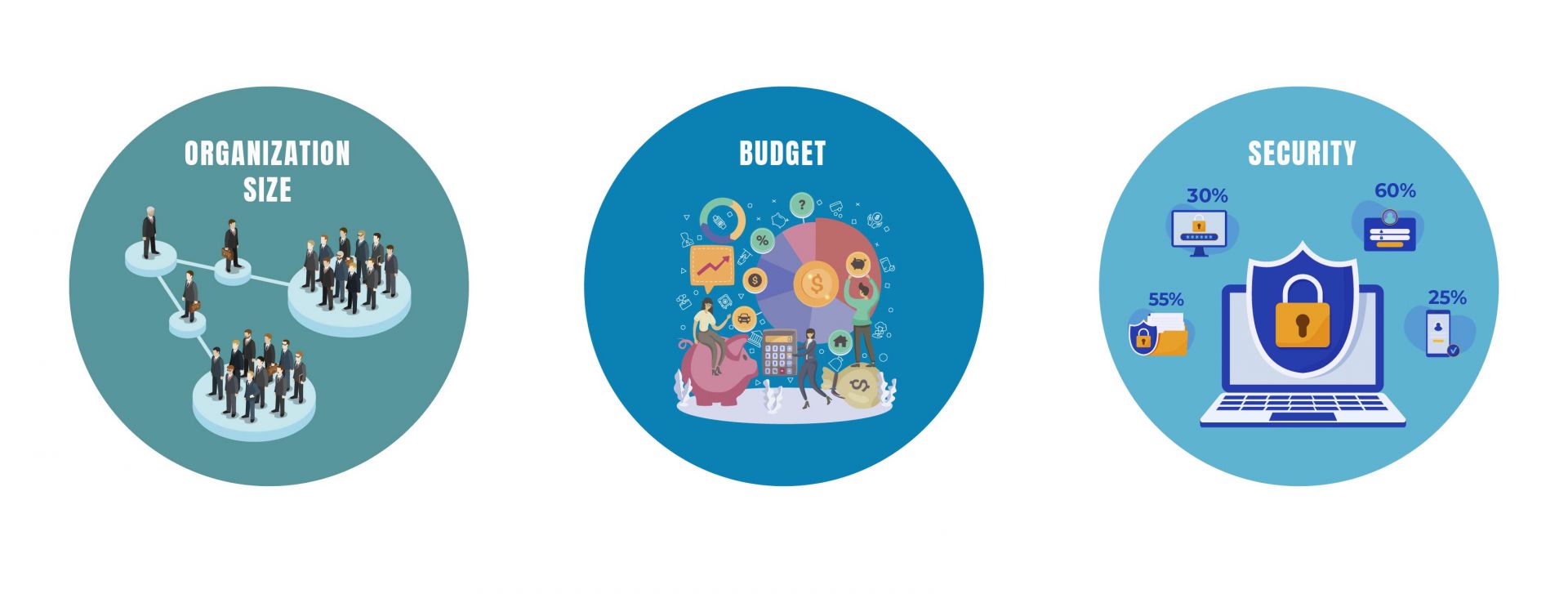
How to select the right EDR solution for your organization?
There are lots of vendors offering a variety of EDR solutions, each with its own strengths and weaknesses. Organizations should carefully evaluate the different solutions before choosing one that meets their specific needs.
Here are some of the factors that organizations should consider when choosing an EDR solution:
· The size of the organization: The size of the organization will affect the number of endpoints that need to be protected. This will in turn affect the number of EDR agents that need to be deployed.
· The organization's budget: The organization's budget will affect the type of EDR solution that can be deployed. For example, organizations with a limited budget may need to choose a cloud-based EDR solution.
· The organization's security needs: The organization's security needs will affect the features that are most important in an EDR solution. For example, organizations that are concerned about advanced threats may need an EDR solution that offers behavioral analytics.
Contact our expert
By submitting, I agree to the processing and international transfer of my personal data by DataOne Asia as described in the Private Policy.
